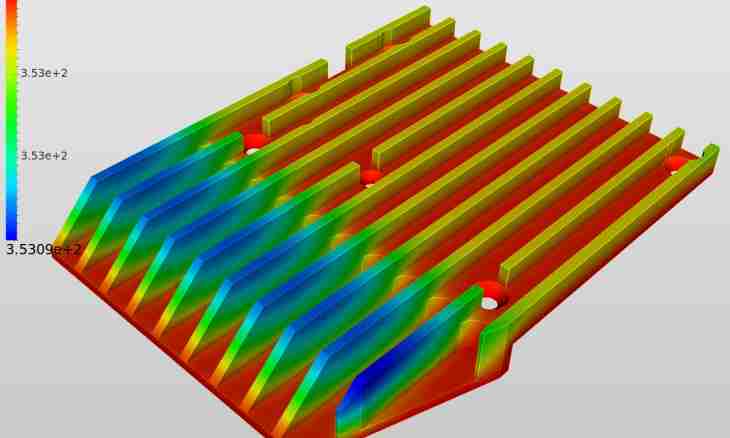Electrical resistance is important electrotechnical parameter. Need for determination of its value can arise in the most various cases, for example, when calculating size of the current proceeding on the conductor or determination of power of a heating element. It is the simplest to measure resistance of the conductor an ohmmeter, however it is possible to do also without it – by means of simple mathematical calculation.
It is required to you
- – caliper;
- – roulette or ruler;
- – calculator;
- – table of values of specific electric resistance of materials.
Instruction
1. Determine parameters of the conductor which resistance you need to calculate. Treat parameters, necessary for determination of resistance: cross-sectional area of the conductor, its length, grade of its material.
2. For determination of cross-sectional area measure a caliper diameter of the conductor and calculate required value on formula S = π\• d²/4, where π – 3.14, d – diameter of the conductor in mm. If the conductor consists of several (n) of veins, determine the cross-sectional area of one vein and increase the received value by n.
3. Determine the specific resistance of material of the conductor. This value undertakes from tables which are available in each reference book on physics, for example, here: http://www.alleng.ru/d/phys/phys65.htm. The most widespread materials have the following values of specific resistance in Ohm • mm²/м: aluminum – 0.0271, copper – 0.0175, steel – 0.1400, nichrom – 1.05 … 1.4, tungsten – 0.055, brass – 0.07 … 0.08. Data - for the materials having temperature of 20 °C. Specific resistance of the materials having any temperature is calculated by Nernst-Einstein's formula which is used only for very exact calculations.
4. Calculate resistance of the conductor on formula R = ρ\• l/S, where ρ – the specific resistance determined in the previous step, l – length of the conductor m, S – the cross-sectional area in mm² determined in a step 2. The value of resistance will turn out in Ohm.
5. If the conductor consists of several consistently connected wires made of different materials or having different section, calculate separately resistance of each wire and summarize values of resistance. The received sum will be resistance of all conductor. This calculation is based on the formula of determination of resistance of consistently connected conductors having R appearance = R1+R2+R3 … where R1, R2 and R3 is resistance of separate conductors.

